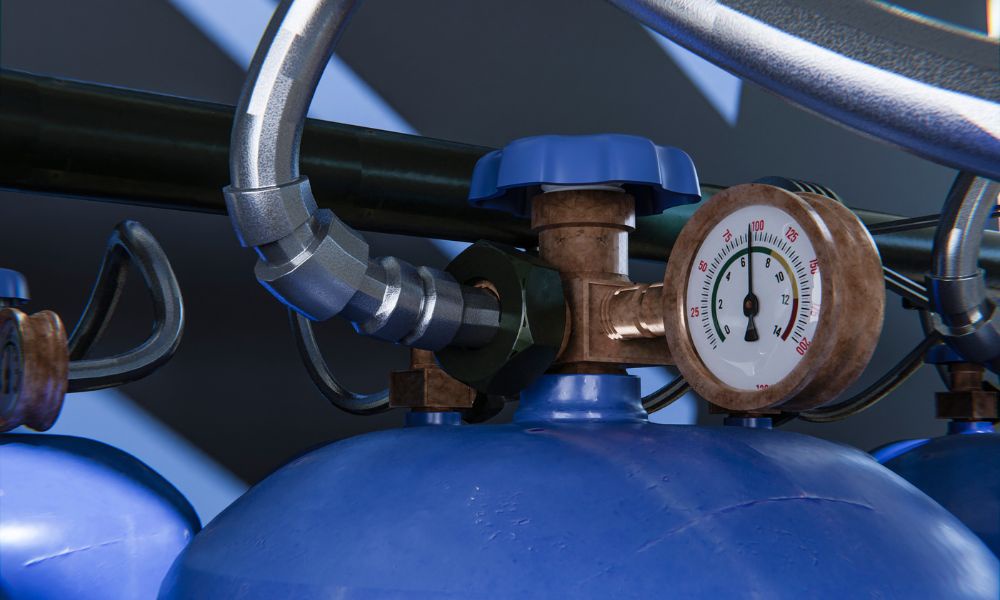The Pitot tube is one of the most useful measuring instruments used in hydraulics and fluid dynamics. With its ability to measure pressure, velocity, flow rate, and other related parameters of a flowing fluid or gas, the Pitot tube pressure has become an indispensable tool for engineering students and professionals alike.
In this blog article, we will discuss everything you need to know about a Pitot Tube from the working principle that determines how it measures fluid flows, to a description of different types of construction and their respective applications in various scientific fields. So get ready to explore this vital piece of technology. For more information, you can visit our website here: "New England Manufacturing".
Overview of the Pitot Tube and its Applications
The Pitot tube is a small, but mighty instrument used in fluid mechanics to measure the velocity of a fluid, specifically air or water. The metal or plastic tube is designed with a cone-shaped end pointed directly into the flow of air or water, which captures and directs it into a tube.
Once the velocity of the fluid is measured, the data collected can be used for different applications such as calculating the speed of an airplane or measuring the flow rate of a city's water supply.
With the Pitot tube, scientists and engineers have access to precise measurements that help to advance the understanding of the movement of fluids. Whether it's used in aerodynamics or hydraulics, the Pitot tube has remained an important tool in the field of fluid mechanics.
Working Principle of a Pitot Tube
Have you ever wondered how planes can determine their airspeed and altitude in real-time? That's where the amazing Pitot tube comes in. This device is designed to measure fluid flow, such as airspeed, by measuring the difference in pressure between a static port and a ram port.
The ram port, which is positioned facing the oncoming air, captures the pressure created by the air's motion, while the static port measures the ambient pressure around the aircraft. Additionally, there may be a third port inside the tube, called a total pressure port which measures both static and dynamic pressures. This is useful when measuring the flow rate of a fluid such as water or air.
By comparing the pressure readings from the three ports, the Pitot tube can calculate the airspeed and altitude of the aircraft with remarkable accuracy. It's truly amazing how such a simple device can have such a profound impact on modern aviation.
Types of Pitot Tubes and their differences
The range of Pitot tubes is quite large, from simple single-port tubes to more complex multi-port designs. The primary difference between them is in the number of pressure ports and the type of readings they provide. For instance, a single-port Pitot Tube Pressure measures dynamic pressure only, while a three-port version measures both static and dynamic pressure. Some Pitot tubes measure total pressure (static plus dynamic), while others only measure static or dynamic pressure.
Advantages and Disadvantages of Using a Pitot Tube
The Pitot tube has been a vital tool for scientists and engineers in the field of fluid mechanics for many years. It's an incredibly useful instrument that provides accurate measurements of airspeed, altitude, and flow rate. It is relatively inexpensive to produce and easy to maintain.
However, there are some drawbacks to using a Pitot tube. For instance, the accuracy of the measurements can be affected by environmental factors such as air temperature and humidity. And, it may not be suitable for use in certain applications due to its limited range of pressure readings.
Common Applications
Pitot tubes are commonly used in various engineering applications, such as aeronautics and hydrodynamics. In aviation, they are used to measure the airspeed of aircraft and helicopters, while in hydraulics they are utilized for measuring the flow rate in pipes or water channels. Pitot tubes can be found in many industrial applications, such as measuring the pressure drop across a valve or the flow rate of a city's water supply.
Overall, the Pitot tube is an incredibly useful instrument that has made a major contribution to our understanding and manipulation of fluids. Its versatility and accuracy make it a valuable tool in many areas of engineering and science.


No comments yet